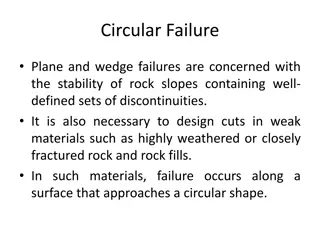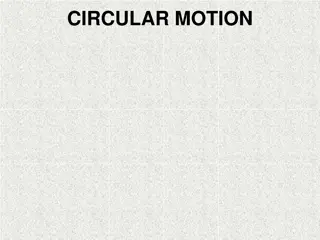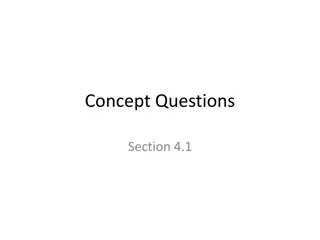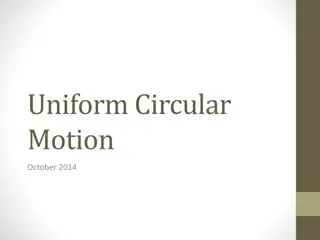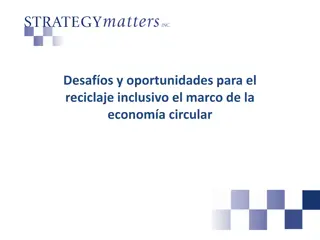Circular Flow in a Four-Sector Economy Explained
The circular flow in a four-sector economy involves households, firms, government, and the foreign sector. Each sector plays a crucial role in money flows and payments, contributing to the continuous flow of income. The financial market also has a significant impact on the economy by accumulating savings and investing in loans. Understanding these sectors is essential for comprehending the economic dynamics of a four-sector system.
Download Presentation

Please find below an Image/Link to download the presentation.
The content on the website is provided AS IS for your information and personal use only. It may not be sold, licensed, or shared on other websites without obtaining consent from the author.If you encounter any issues during the download, it is possible that the publisher has removed the file from their server.
You are allowed to download the files provided on this website for personal or commercial use, subject to the condition that they are used lawfully. All files are the property of their respective owners.
The content on the website is provided AS IS for your information and personal use only. It may not be sold, licensed, or shared on other websites without obtaining consent from the author.
E N D
Presentation Transcript
Circular Flow in a Four Circular Flow in a Four- - sector Economy sector Economy
Circular Flow in a Four Circular Flow in a Four- -sector Economy sector Economy Besides households, firms, and the government, the foreign sector also plays a crucial role in an economy. Therefore, the circular flow in a four-sector economy consists of households, firms, government, and the foreign sector. Money flows in each of these sectors are as follows:
1. Household Sector: 1. Household Sector: The household sector of an economy provides factor services to the firms, government, and the foreign sector for which it received factor payments in return. Besides factor payments, the households also receive transfer payments like old age pensions, scholarships, etc., from the government and foreign sector. The household sector spends its earned income on Payments for goods and services purchased from firms, payments for imports, and tax payments to the government.
2. Firms: 2. Firms: The firms receive revenue for the sale of goods and services from the government, households, and foreign sectors. They also receive subsidies from the government to produce goods and services. Besides, the firms make payments for taxes to the government, factor services to the households, and imports to the foreign sector.
3. Government: 3. Government: The government receives revenue for the sale of goods and services, fees, taxes, etc., from the firms, households, and the foreign sector. It also makes factor payments to households and spends its revenue on transfer payments and subsidies.
4. Foreign Sector: 4. Foreign Sector: The foreign sector receives revenue for the export of goods and services from firms, households, and the government. It also makes payments to firms and the government for the import of goods and services, and households for the factor services.
The financial market also plays an important role in a four-sector economy as the savings made by the households, firms, and the government gets accumulated here and this money is invested by the financial market in the form of loans to firms, households, and the government. The inflows of money in the financial market in a four-sector economy are equal to the outflows of money, which makes the circular flow of income continuous and complete.
This This concept concept can with withthe thehelp helpof ofthe can be thefollowing followingdiagram be better better understood understood diagram: :









